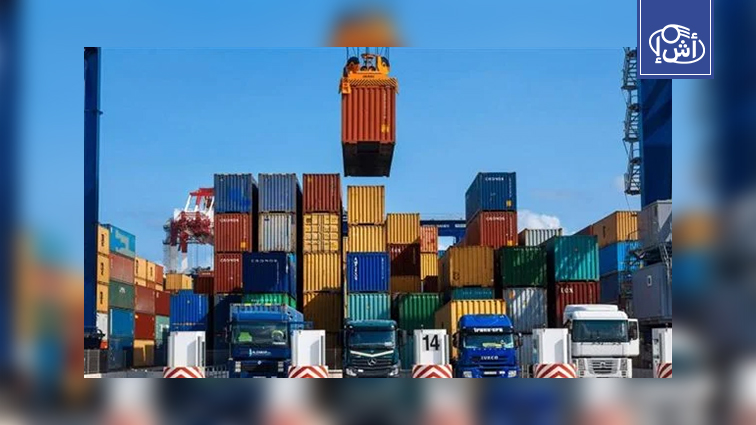A report by the “African Export-Import Bank” (Afreximbank) revealed a 7.2% growth in intra-African trade during 2023, reaching $192 billion.
Despite this growth, the report showed large disparities between regional regions, as Southern Africa was the main driver of trade with a rate of 41.4%, followed by West Africa with a rate of 25.7%, then East Africa with a rate of 14.1%, North Africa with a rate of 12.4%, and finally Central Africa with a rate 6.6%.
The report indicated that regional trade constituted 15% of the continent’s total trade in 2023, compared to 13.6% in 2022. However, the continent witnessed a decline in total regional and external trade exchange by 6.3%, reaching about 1,300 billion dollars.
The bank attributed this decline to several factors, including geopolitical tensions resulting from the Ukraine war and conflicts in the Middle East, in addition to high interest rates and slow economic growth in many developed countries, which led to a decline in global demand for raw materials.
The report addressed the impact of oil price fluctuations on the continent’s trade performance, as oil represents more than 36% of total African exports.
The average price of a barrel decreased to $82.62 in 2023 compared to $99.82 in 2022. This decline greatly affected major oil countries such as Nigeria, which witnessed a decline in its total trade by 19.08% in 2023, along with Angola, Gabon, Equatorial Guinea, and Libya.
The report explained that Africa’s main trading partners are witnessing changes with the emergence of emerging Asian economies as important sources of global demand and growth. The European Union’s share of the continent’s exports declined from an average of 47.8% during the 1990s to 26.8% between 2014 and 2023, while Asia’s share increased from 4.5% during the 1990s to 26% in the same period.
Analysis – The Libyan electoral scene between stability, chaos, and European encroachment
